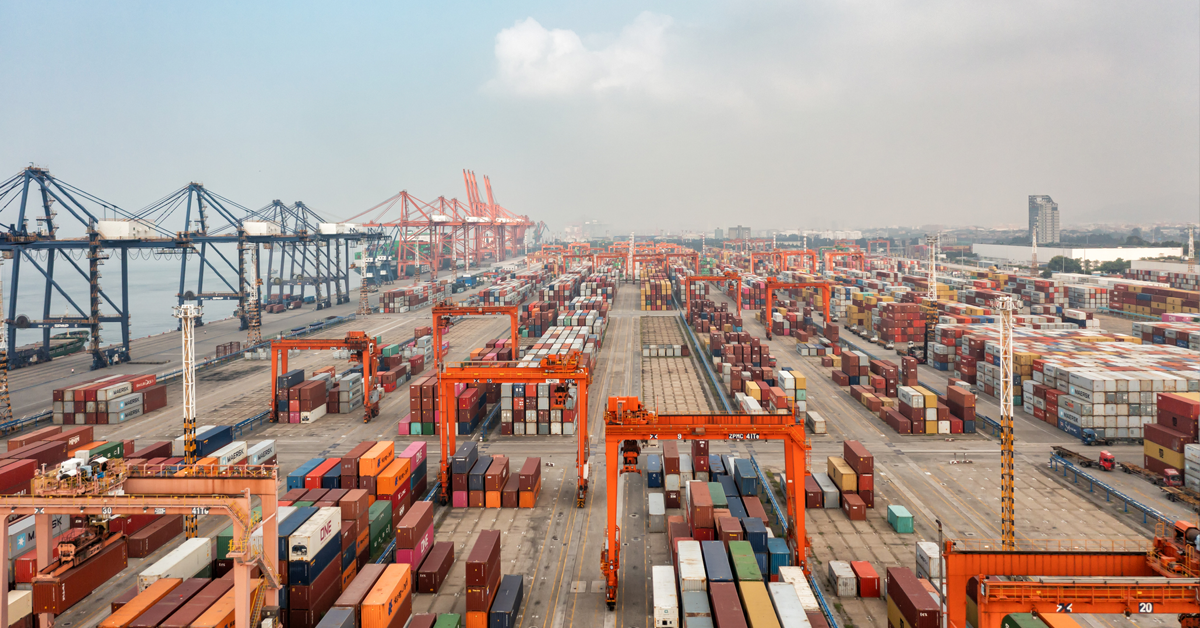In the intricate web of production, logistics, and delivery, one factor emerges as a linchpin to successful operations: Supply Chain Visibility. As industries expand and become more interconnected, the ability to monitor, track, and predict every aspect of the supply chain is not just an advantage—it’s a necessity. This article delves into the realm of Supply Chain Visibility, shedding light on its importance, benefits, and methods to achieve it.
1. Defining Supply Chain Visibility
Supply Chain Visibility refers to the transparency and clarity across all stages of a supply chain. From sourcing raw materials to delivering finished products to consumers, it enables businesses to monitor processes, track products, and forecast potential disruptions. In essence, it’s about having the right information, at the right time, to make informed decisions.
2. Why is Supply Chain Visibility Crucial?
- Informed Decision Making: Real-time information equips decision-makers with the tools they need to adjust to changing circumstances swiftly.
- Risk Management: By forecasting potential disruptions, businesses can develop strategies to mitigate risks before they evolve into full-blown crises.
- Enhanced Customer Satisfaction: With accurate tracking, businesses can provide consumers with real-time updates on product deliveries, enhancing trust and loyalty.
- Optimized Inventory Management: Visibility ensures businesses maintain optimal stock levels, preventing overstocking or stockouts.
- Cost Efficiency: By identifying bottlenecks or inefficiencies, businesses can streamline operations and reduce associated costs.
3. Challenges to Achieving Supply Chain Visibility
Despite its importance, many businesses grapple with achieving complete Supply Chain Visibility. Challenges include:
- Data Silos: Information trapped within one department or stage of the supply chain that isn’t accessible to other segments.
- Complexity of Modern Supply Chains: Globalization means supply chains span countries and continents, increasing complexity.
- Lack of Standardization: Varied processes and systems can make integration and visibility tough to achieve.
4. How to Enhance Supply Chain Visibility
Improving visibility into your supply chain isn’t an overnight process – it requires significant planning, and investment in technology. That investment yields a high ROI however for you and your customers. Here are some steps and technologies that can enhance your supply chain visibility:
- Integrated Technology Platforms: Investing in integrated platforms, like an advanced cloud TMS like Turvo, can provide end-to-end visibility. These platforms consolidate data from various sources, offering a unified view of the supply chain.
- Collaboration: Encourage communication and collaboration across all stages of the supply chain, from suppliers to retailers. This not only provides more data points but also fosters a culture of transparency.
- IoT and Real-time Tracking: Internet of Things (IoT) devices, like sensors and RFID tags, provide real-time tracking of products throughout the supply chain.
- Data Analytics: Using data analytics tools, businesses can convert raw data into actionable insights, anticipating trends, and identifying potential disruptions.
- Standardize Processes: Aim for standardized processes and systems across the supply chain. This ensures smoother integration and clearer visibility.
5. The Future of Supply Chain Visibility
With technological advancements, the horizon of Supply Chain Visibility continues to expand:
- Blockchain: Blockchain technology promises secure, immutable records of every transaction, making every stage of the supply chain traceable and accountable.
- AI and Machine Learning: AI tools can analyze vast datasets swiftly, predicting potential disruptions or highlighting inefficiencies.
- 5G: As the world moves towards 5G, real-time tracking and data transmission will become faster and more reliable, further enhancing visibility.
6. Real-world Examples of Supply Chain Visibility in Action
- The Food Industry: With growing concerns about food safety, companies are investing in Supply Chain Visibility to track products from farm to table. This ensures any contamination can be swiftly traced to its source, and affected products can be rapidly recalled.
- Fashion and Apparel: In an industry known for its complex supply chain, brands are leveraging visibility to ensure ethical sourcing, track inventory, and forecast trends.
Supply Chain Visibility stands at the crossroads of modern business operations, determining efficiency, resilience, and customer satisfaction. As supply chains continue to evolve, the need for clear, real-time insights will only grow. Investing in the right tools, fostering a culture of collaboration, and staying abreast of technological advancements are the keys to unlocking unparalleled visibility. In the intricate dance of production, logistics, and delivery, visibility isn’t just about seeing clearly—it’s about foreseeing, adapting, and thriving.









